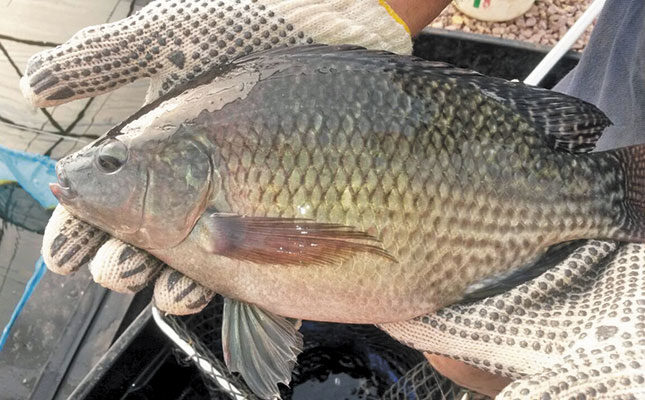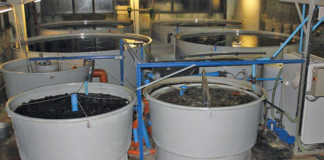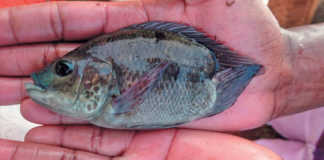
In Lake Tanganyika in East Africa, there is a large, endemic species of tilapia called Oreochromis tanganicae. Specimens of between 2kg and 3kg are caught regularly as part of the commercial fishery catch. Like all tilapia, it makes good eating – but is it suitable for aquaculture?
The answer requires examination of its biology to determine whether it is a generalist or a specialist species. Generalists thrive in a variety of environments, whereas specialists can thrive only in a narrow range of conditions.
READ:Balancing tilapia production with conservation
Generalists
The most successful tilapia for aquaculture is O. niloticus (Nile tilapia), a riverine species that occurs over a wide variety of habitats, from the Nile River in Egypt to waterways in West Africa and southwards to the marshy fringes of Lake Tanganyika.
It is exposed to a wide range of environments and water conditions. Often, these conditions change rapidly, when rivers flood or swamps dry up. At such times, the water quality may experience wide variations in pH, oxygen content, temperature and turbidity. O. niloticus has evolved with these changes over millennia, and its genetic makeup and physiology can accommodate them.
O. mossambicusis (Mozambique tilapia)is even more tolerant of salinity variance, from freshwater to over 40ppt (parts per thousand). This salinity tolerance level is higher than that of some marine species. It can survive temperature extremes (10°C to 40°C) and low oxygen levels (2mg/l to 3mg/l) that would kill many other freshwater fish.
If its natural habitats are investigated, this tolerance of extremes is not surprising; O. mossambicusis lives in almost all freshwater bodies, permanent or seasonal, from tropical Tanzania southwards to the Eastern Cape.
It is thus obvious why these two species form the backbone of most tilapia culture. They comfortably tolerate the changeable, crowded and environmentally harsh conditions in fish farms, and adapt easily to artificial feeds, high stocking densities, handling and less-than-optimal water quality – yet still grow vigorously.
Specialists
Based on its biology of being endemic to only one large, clear water, ancient lake, it seems unlikely that O. tanganyikae would fare as well. When an animal has evolved under such stable conditions, and has shown no signs of spreading elsewhere, it is generally not well-equipped to prosper under culture conditions.
In 1962, Lake Kariba was stocked with fingerlings of O. macrochir from the Chilanga fish farm in Zambia. The experiment was a failure; the stock originated from the Kafue River population that evolved under variable riverine conditions, and were not the best choice for a 5 000km2 clear water lake.
Later, it was realised that a lacustrine subspecies occurs naturally in Lake Mweru (O. macrochir mweruensis); although the same species, it has evolved under stable lake conditions. It is likely that this lake form would have been suitable for stocking Lake Kariba, whereas the riverine form failed.
Nicholas James is an ichthyologist and hatchery owner.
This article was originally published on 03 June 2016 in Farmer’s Weekly.













